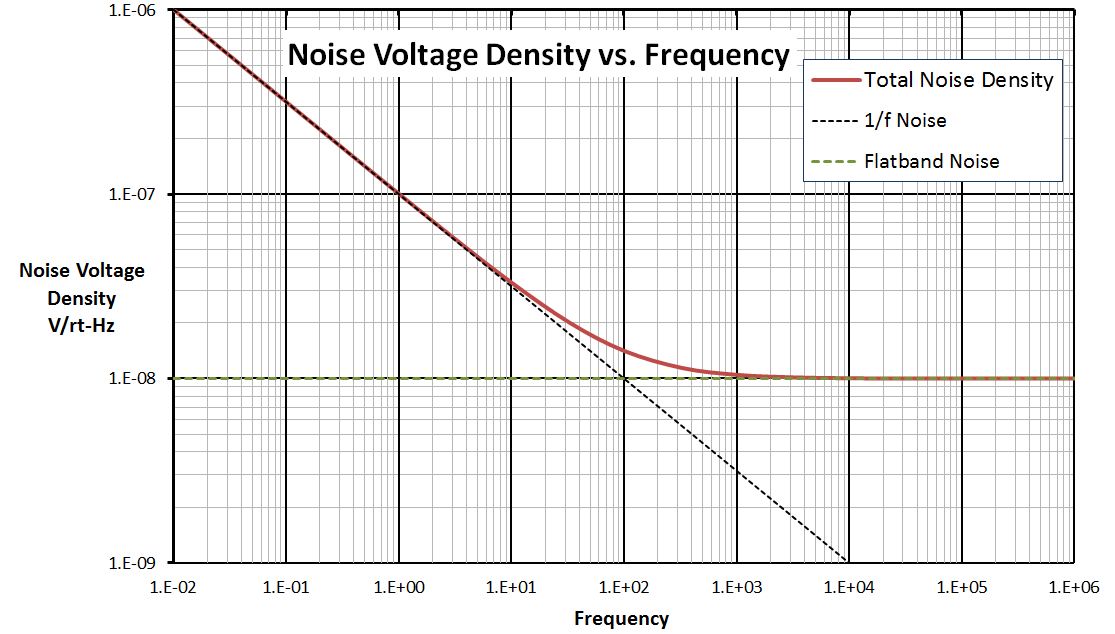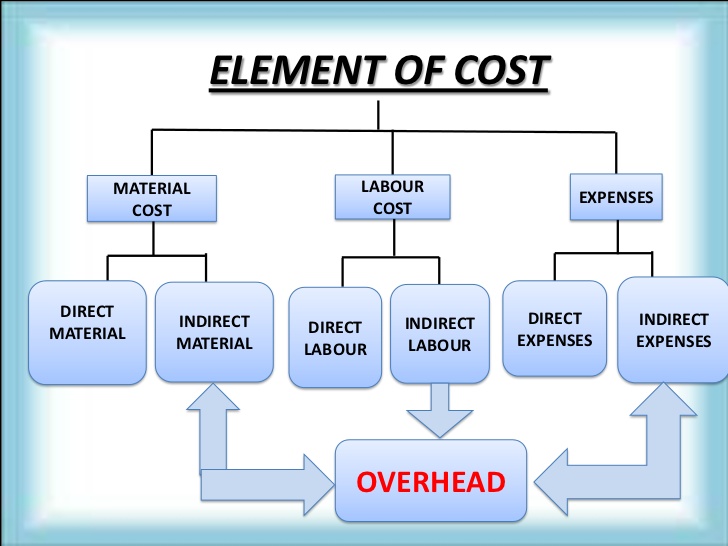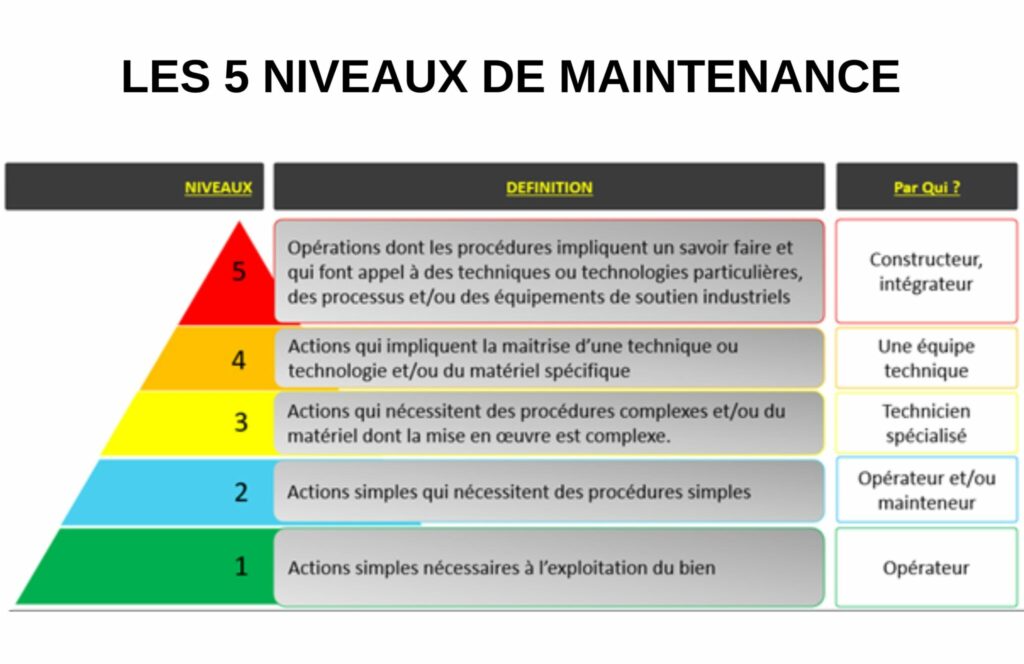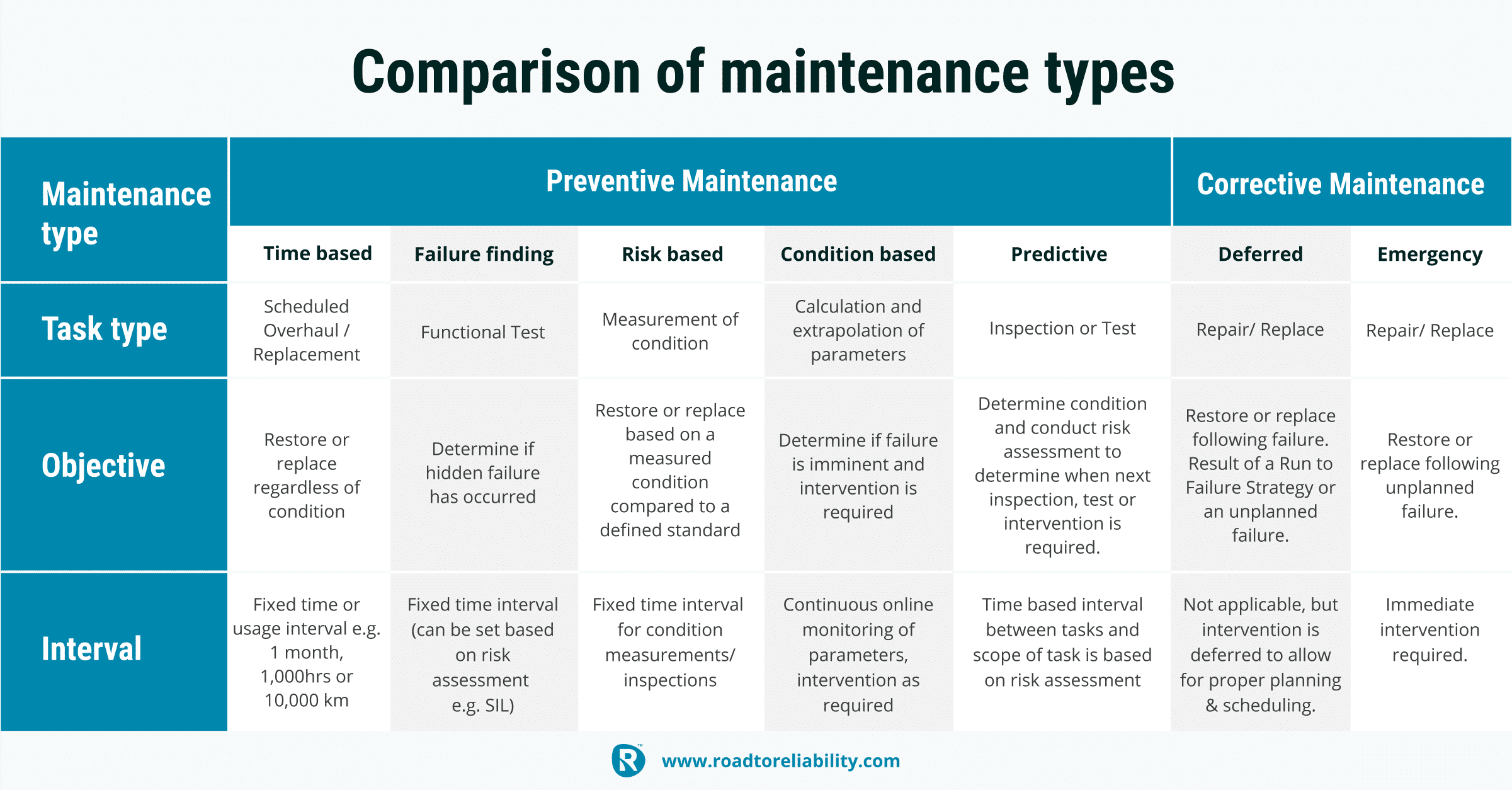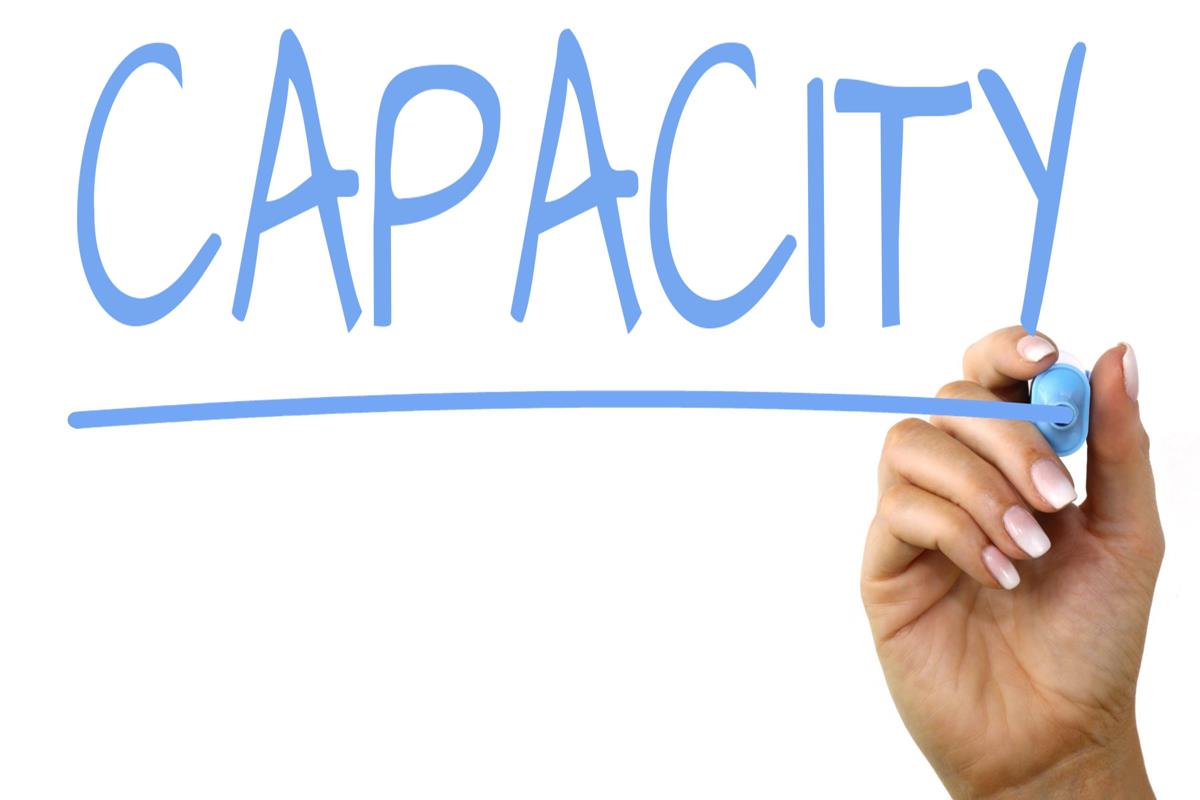1. Noise
One of the biggest disadvantages of a kitchen sink disposal is the noise it can make when in use. The grinding of food scraps can be loud and disruptive, especially if you have an open floor plan or thin walls. This can be a nuisance for those who are sensitive to noise, have young children or pets, or live in apartments or close quarters with neighbors.
2. Clogs
Despite their purpose of eliminating food waste, kitchen sink disposals can actually contribute to clogs in your plumbing system. If not used properly, large or fibrous food scraps can become stuck in the pipes and cause blockages. This can be a costly and inconvenient problem to fix, and may require the help of a professional plumber.
3. Cost
Kitchen sink disposals can be expensive to purchase and install. In addition, there may be ongoing costs associated with maintenance, repairs, and replacement of parts. For those on a tight budget, a kitchen sink disposal may not be a feasible option.
4. Environmental Impact
While kitchen sink disposals may seem like a convenient and eco-friendly way to dispose of food waste, they can actually have a negative impact on the environment. The waste that is ground up and sent through the plumbing system still ends up in landfills, contributing to methane gas emissions and pollution. In addition, the energy used to power a disposal can also have a negative impact on the environment.
5. Maintenance
Like any other appliance, kitchen sink disposals require regular maintenance to ensure they continue to function properly. This may include cleaning, sharpening blades, and replacing parts as needed. Neglecting maintenance can lead to costly repairs or the need for a replacement.
6. Limited Capacity
While kitchen sink disposals can handle small amounts of food waste, they are not designed to handle large quantities. Trying to dispose of too much food at once can cause clogs or damage to the disposal. This can be frustrating for those who frequently cook large meals or entertain guests.
7. Potential for Damage
If not used properly, a kitchen sink disposal can cause damage to your plumbing system. This can be particularly problematic if you have old or fragile pipes. In addition, certain items should never be put down a disposal, such as bones, fruit pits, and grease, as they can cause damage to the blades and motor.
8. Odor
Due to the nature of grinding and storing food waste, kitchen sink disposals can emit unpleasant odors. This can be exacerbated if the disposal is not cleaned regularly or if certain types of food are disposed of, such as seafood or dairy products.
9. Difficulty with Certain Foods
Not all foods are suitable for a kitchen sink disposal. Hard or fibrous foods, such as bones, fruit pits, and potato peels, can damage the blades and motor. Starchy or greasy foods, such as pasta and oil, can also cause clogs and odors. This can limit the types of foods you can dispose of, making it less convenient for some users.
10. Potential for Injury
A kitchen sink disposal can be a potential hazard if not used properly. Users must be careful not to put their hands or utensils down the disposal while it is running, as this can result in serious injury. In addition, small objects, such as rings or silverware, can accidentally fall into the disposal and cause damage or injury.
In conclusion, while kitchen sink disposals may seem like a convenient and eco-friendly option for food waste disposal, they also come with their fair share of disadvantages. From noise and clogs to cost and potential hazards, it is important to carefully consider all factors before deciding if a kitchen sink disposal is right for you and your home.
The Environmental Impact of Kitchen Sink Disposals
/how-to-install-a-sink-drain-2718789-hero-24e898006ed94c9593a2a268b57989a3.jpg)
The Dilemma of Waste Management
 The convenience of a kitchen sink disposal is undeniable - simply push food scraps down the drain and they disappear. However, this quick and easy solution to disposing of food waste comes with its own set of disadvantages, particularly in terms of its impact on the environment. The growing concern for sustainable living has shed light on the negative effects of disposal systems, including kitchen sink disposals, on our planet. Let's take a closer look at the environmental disadvantages of using a kitchen sink disposal.
The convenience of a kitchen sink disposal is undeniable - simply push food scraps down the drain and they disappear. However, this quick and easy solution to disposing of food waste comes with its own set of disadvantages, particularly in terms of its impact on the environment. The growing concern for sustainable living has shed light on the negative effects of disposal systems, including kitchen sink disposals, on our planet. Let's take a closer look at the environmental disadvantages of using a kitchen sink disposal.
The Problem with Food Waste
 According to the
Environmental Protection Agency
, food waste is the second largest component of municipal solid waste in the United States, with over 63 million tons of food being wasted each year. When food waste is sent to landfills, it decomposes and produces methane, a potent greenhouse gas that contributes to climate change. Kitchen sink disposals may seem like a solution to this problem, but they actually exacerbate it. The food scraps that are ground up and sent down the drain end up in wastewater treatment plants, where they produce methane as they break down. This methane then becomes a major contributor to greenhouse gas emissions.
According to the
Environmental Protection Agency
, food waste is the second largest component of municipal solid waste in the United States, with over 63 million tons of food being wasted each year. When food waste is sent to landfills, it decomposes and produces methane, a potent greenhouse gas that contributes to climate change. Kitchen sink disposals may seem like a solution to this problem, but they actually exacerbate it. The food scraps that are ground up and sent down the drain end up in wastewater treatment plants, where they produce methane as they break down. This methane then becomes a major contributor to greenhouse gas emissions.
The Strain on Sewer Systems
 In addition to contributing to greenhouse gas emissions, kitchen sink disposals also put a strain on our sewer systems. The ground-up food waste can clog pipes and cause blockages, leading to costly repairs and maintenance for homeowners and municipalities. This also puts a strain on the energy and resources needed to treat and process the wastewater. In areas with older or outdated sewer systems, this can be an even bigger problem, as they may not be equipped to handle the increased volume of food waste.
In addition to contributing to greenhouse gas emissions, kitchen sink disposals also put a strain on our sewer systems. The ground-up food waste can clog pipes and cause blockages, leading to costly repairs and maintenance for homeowners and municipalities. This also puts a strain on the energy and resources needed to treat and process the wastewater. In areas with older or outdated sewer systems, this can be an even bigger problem, as they may not be equipped to handle the increased volume of food waste.
Alternatives for Sustainable Living
 With the negative impact of kitchen sink disposals on the environment in mind, many are turning to more sustainable alternatives for managing food waste. Composting, for example, is a natural and eco-friendly way to dispose of food scraps. By composting, food waste is transformed into nutrient-rich soil that can be used for gardening and landscaping. This not only helps reduce methane emissions, but also reduces the need for chemical fertilizers.
In conclusion, while kitchen sink disposals may seem like a convenient solution for food waste, they come with significant environmental disadvantages. To truly embrace sustainable living and reduce our impact on the planet, it's important to consider alternative methods of waste management such as composting. By making small changes in our daily habits, we can make a big difference in preserving the environment for future generations.
With the negative impact of kitchen sink disposals on the environment in mind, many are turning to more sustainable alternatives for managing food waste. Composting, for example, is a natural and eco-friendly way to dispose of food scraps. By composting, food waste is transformed into nutrient-rich soil that can be used for gardening and landscaping. This not only helps reduce methane emissions, but also reduces the need for chemical fertilizers.
In conclusion, while kitchen sink disposals may seem like a convenient solution for food waste, they come with significant environmental disadvantages. To truly embrace sustainable living and reduce our impact on the planet, it's important to consider alternative methods of waste management such as composting. By making small changes in our daily habits, we can make a big difference in preserving the environment for future generations.






